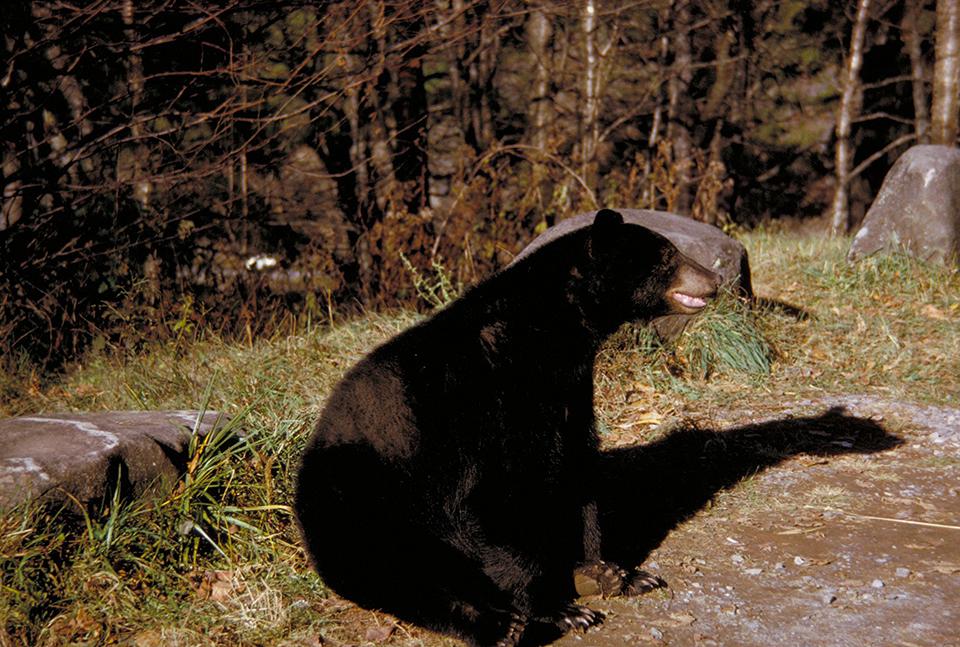
The Appalachian Trail Conservancy is recommending that all overnight hikers on the A.T. use bear-resistant canisters to store their food in./NPS file
With black bears common along much of the Appalachian National Scenic Trail, and a growing number of human-bear incidents, the Appalachian Trail Conservancy is recommending that overnight hikers on the iconic trail pack their food in bear-resistant canisters.
This policy comes after a multi-year increase in human-bear encounters at A.T. campsites, many of which were the result of improper food storage by visitors or black bears’ successful circumvention of traditional food storage techniques.
“Black bears along multiple sections of the Appalachian Trail have become increasingly adept at defeating traditional food hangs, where a hiker stores their food over a tree branch using a rope and storage bag,” said Hawk Metheny, ATC vice president of regional and trail operations. “This is even when food hangs are done completely right, and sometimes that just isn’t possible depending on where you are camping. By using a bear-resistant container, hikers are minimizing their chances of a negative bear encounter on the Trail and helping prevent more bears from becoming habituated to humans as a source of food.”
In this policy, the ATC promotes the use of food storage containers approved by the Interagency Grizzly Bear Committee that have been shown to have a high success rate in preventing all species of bears from easily accessing hiker food supplies. Overnight visitors on the A.T. are also encouraged to use any permanent food storage methods available at campsites and shelters, such as cable systems, metal poles with arms, and bearproof metal boxes. By carrying a personal food storage container, A.T. visitors will be prepared should these more permanent systems be unavailable, full or damaged.
The policy also establishes the benefit of expanded food storage container lending programs, providing ways for A.T. visitors to easily try these devices for their backpacking trips without having to initially commit funds toward purchasing a container of their own. Bear canister lending programs have already been implemented by the ATC in Georgia and the Green Mountain Club in Vermont, providing dozens of hikers with easy access to bear canisters for their trips.
“Loaner programs like these will help introduce a new generation of A.T. hikers to the benefits of bear canisters, not the least of which is overall increased convenience and ease of use,” said Metheny. “Of course, through advocating for the use of these containers, our primary goal is to protect A.T. hikers and the black bears that live alongside the trail.”
The new ATC food storage policy was developed in coordination with multiple A.T. land management agencies, including the National Park Service and the U.S. Forest Service. To read the full text of the policy, visit appalachiantrail.org/foodstoragepolicy.
To learn more about black bear safety, proper food storage on the A.T. and to report a bear encounter on the Trail, visit appalachiantrail.org/bears.



Add comment